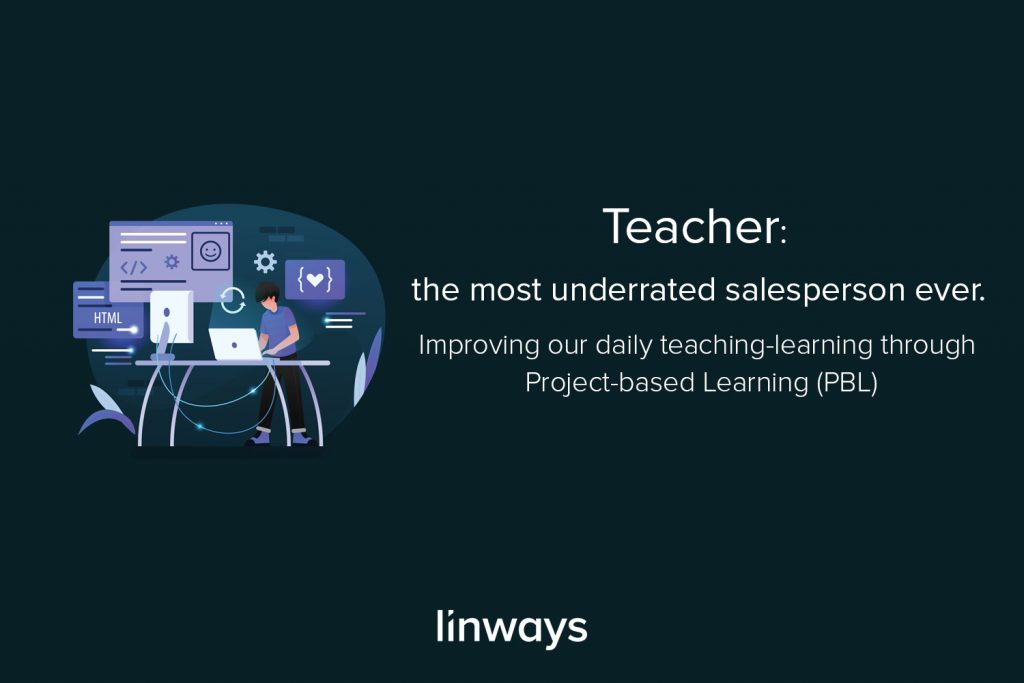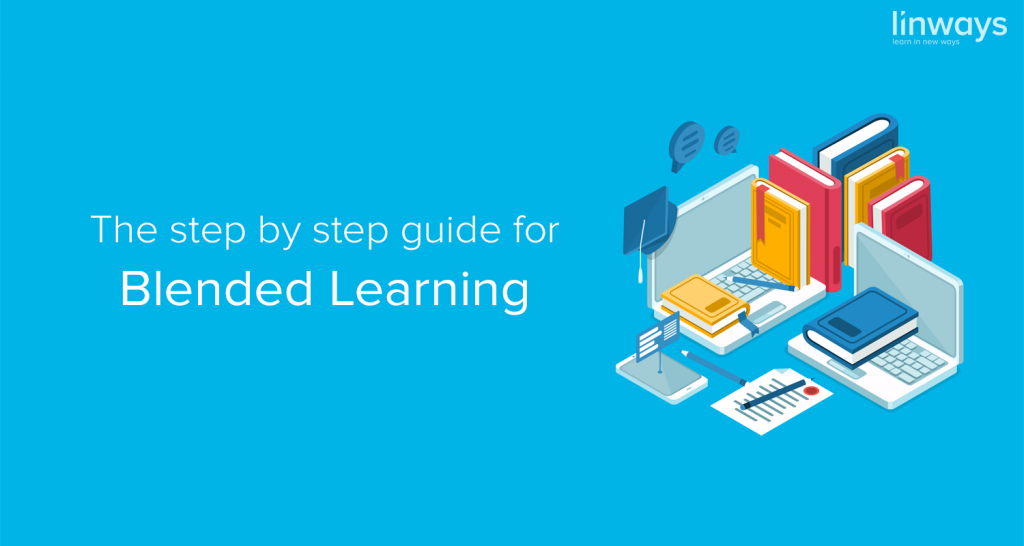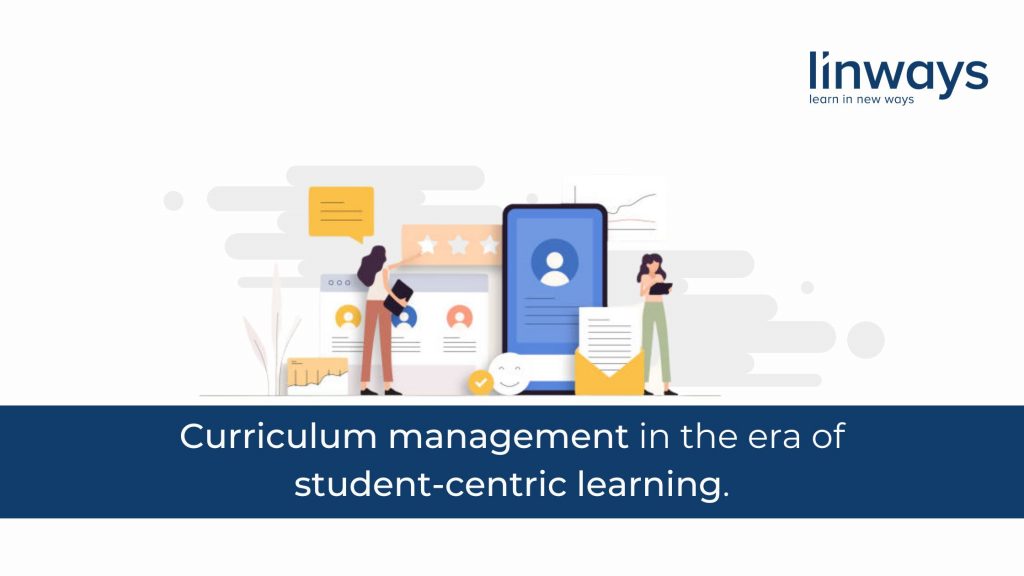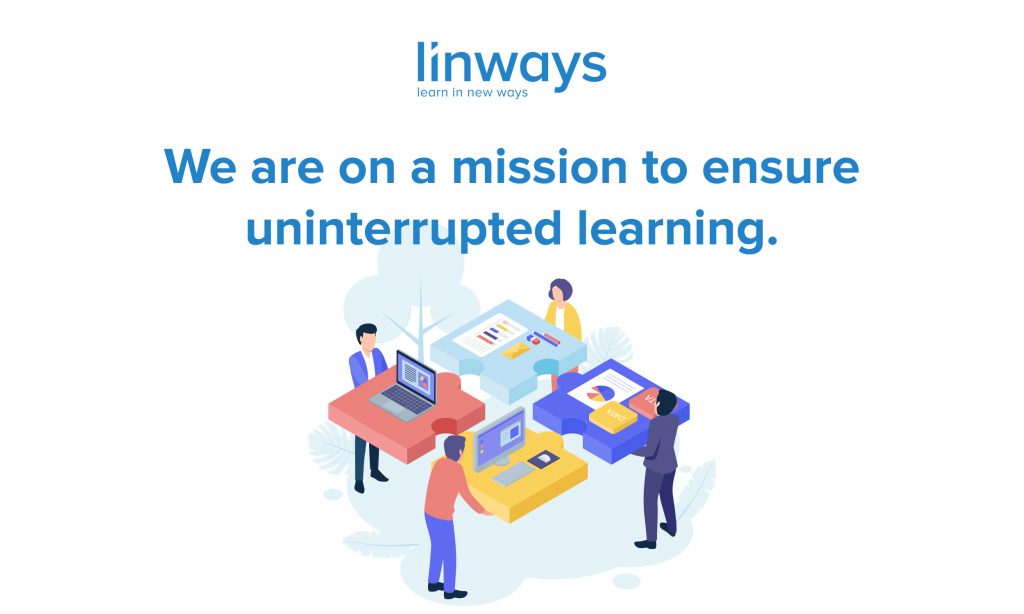Improving our daily teaching-learning through Project-based Learning (PBL)

We’ve written about project based learning before. It’s the planning, managing, and organising of a certain project which would achieve a certain goal or outcome. A project, as in the title, could be a single task, or a combination of tasks designed to achieve that goal/outcome.
This time, let’s take it a bit further, and discuss about some design elements in our traditional teaching model to improve quality and help teachers get a better hold on education.
Although some teachers would like to imply it figuratively, the classroom is, in fact, like a marketplace. The teacher has information to sell, and the students are there to buy. Most of the time, the teacher have to convince students on what they have to sell, and that it’s worth buying. The marks, grades, etc. are incentives.
But often these incentives falls short in finding the desired result. They don’t resonate with the students, and the sales process breaks down. Learning should not be for some achievements or points. Placing it so makes it superficial and passionate teachers might struggle to find their call in such an atmosphere.
There may be some students who comply, but most won’t. It’s true that we need students to sometimes do what we need them to do, instead of following their instincts. The teachers, of course, has their betterment in mind, and simply has more experience. But if we are to base the entire learning process simply on the reward and punishment theory, the true meaning of education is taking the hit.
Shifting the perspective on how we teach and learn is crucial in creating a mutually inspirational atmosphere inside the classroom. The students should feel the need to learn and approach the teacher, and the teacher should be able to help the students to find the way, and reach where they are supposed to be. We can’t simply take them through the journey of education and hope everything will turn out just fine.
This is where project-based learning comes in. It helps to initiate a new way of how students learn. Project management in education is where teachers provides projects and assignments related to the curriculum and the students learns about the syllabus through the completion of those projects. It’s like when the teacher tells their students to create a miniature model of dam, and the students learn about hydro-electric power production with that project. This example is of course more on the school level, but this could very well apply on the higher educational domain too.
The important aspect of Project Based Learning (PBL) is that it’s quality based. The students understands what they need to learn, and since they find the information, instead of being served with it, it builds curiosity and the need to learn more. In PBS, the teacher doesn’t not simply ‘cover’ the content, but they facilitate learning, and inspires the need to learn among the students.
This leads us back to the marketplace analogy that we saw earlier. The teacher no longer have to sell the information if there’s a consistent demand for it in their audience. If the student approach the teacher for what they want, the teacher can drop the unnecessary acts trying to entice them, and focus on the quality and outcomes that are by the way much more important as far as academia is considered.
We will soon come up with a guide to PBS based on modern teaching-learning environments and higher education for our beloved teachers and readers.
Also published on Medium.




